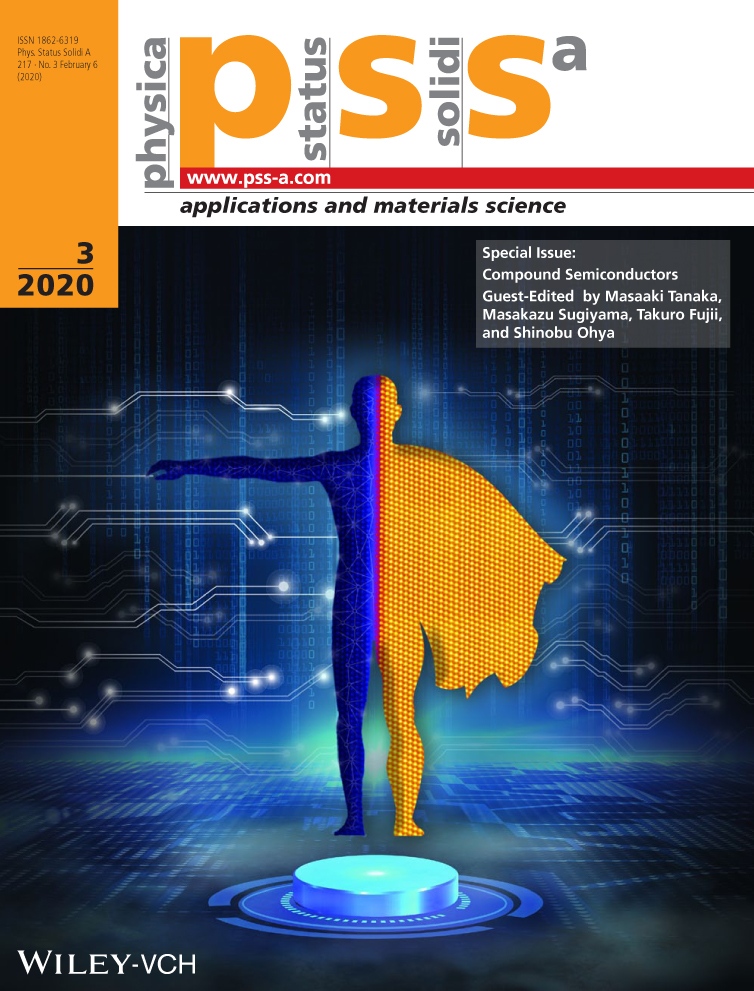Top-Gated Polymer Light-Emitting Transistors Based on the Device Fabrication without Intermixing of Poly(methyl methacrylate) Gate Dielectric Formed from Fluorine-Based Orthogonal Solvent
Abstract
Poly(methyl methacrylate) (PMMA) gate dielectric formed using fluorine-based solvent, CF3CH2OCF2CHF2 (AGC, AE-3000), is useful to prevent mixing of the dielectric layer with the emissive layer for top-gated organic light-emitting transistor (OLET) device fabrication. The device performance of OLETs based on a poly(p-phenylene vinylene) derivative, Super Yellow, is improved because of the fabrication without intermixing. For an OLET with Pt-tetraphenyltetrabenzoporphyrin [Pt(tpbp)] doped in poly(alkylfluorene), a near-infrared emission from Pt(tpbp) and a relatively high external quantum efficiency of approximately 1% are achieved. This device fabrication method opens perspectives in the development of the damage-free fabrication processes in printed top-gated OLETs.
Conflict of Interest
The authors declare no conflict of interest.




